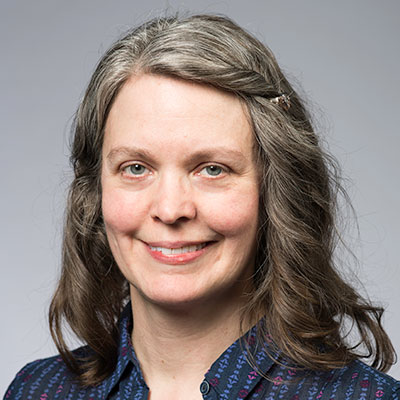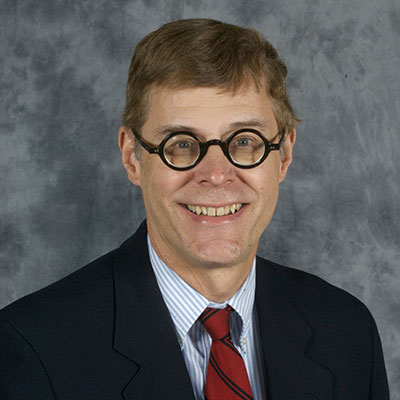 Kara Bren
Kara Bren
Professor of Chemistry
Much of Bren’s research has involved cytochrome c, a metalloprotein that, depending on how it is “folded,” can either play a role in respiration or in apoptosis – the natural death of cells that occurs as part of normal growth. Working with colleagues in her department, she is exploring how derivatives of cytochrome c can be used as catalysts to produce hydrogen from water as a carbon free source of energy.
 Robert Boyd
Robert Boyd
Professor of Optics and Physics
Boyd has played a key role in the development of the field of metamaterials, whose properties can be tailored to perform specific tasks. His lab has used “twisted light” to increase the bit-carrying capacity of a photon. Currently he is exploring the use of epsilon-near-zero materials to create nonlinear photonic devices that could have game-changing implications: for instance, a solid-state system that could serve as a platform for all-optical computation and signal processing using only a few tens of photons.
Two University of Rochester faculty members – Kara Bren and Robert Boyd – have been named fellows of the American Association for the Advancement of Science (AAAS). They are among 416 members of the association being recognized for their “efforts toward advancing scientific applications that are deemed scientifically or socially distinguished.”
Bren, a professor in the Department of Chemistry, has helped advance the understanding of how changes in a protein’s structure can alter its function, how proteins transfer electrons, and how these processes can be manipulated for various applications.
“It’s nice to know that that the work I’ve done is recognized as being significant by this broader scientific society,” Bren says. “It not only brings more visibility for me, but for the department and University.”
Her other awards include an Alfred P. Sloan Research Fellowship and a Kavli Fellowship from the National Academy of Sciences. She is also a recipient of the University’s Edward Peck Curtis Award for Excellence in Undergraduate Teaching.
Boyd, a professor at the Institute of Optics, is known for his pioneering work in nonlinear optical interactions and nonlinear optical properties of materials.
Boyd says he is “quite pleased” at being named an AAAS fellow. “It means that one has achieved recognition even outside of one’s narrow discipline.”
Boyd is also a fellow of the Optical Society, SPIE, IEEE, and the American Physical Society. His awards include the OSA Charles Hard Townes Award and the Arthur L. Schawlow Prize in Laser Science from the American Physical Society. In 2010 he was awarded a highly competitive Canada Excellence Research chair at the University of Ottawa. He currently directs a major research center there, while still maintaining a research presence at Rochester.



